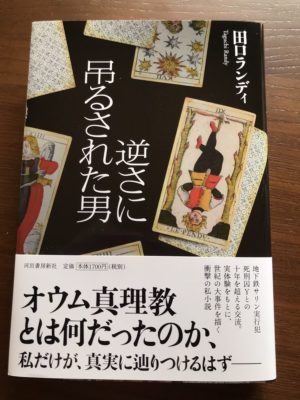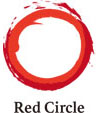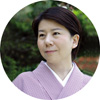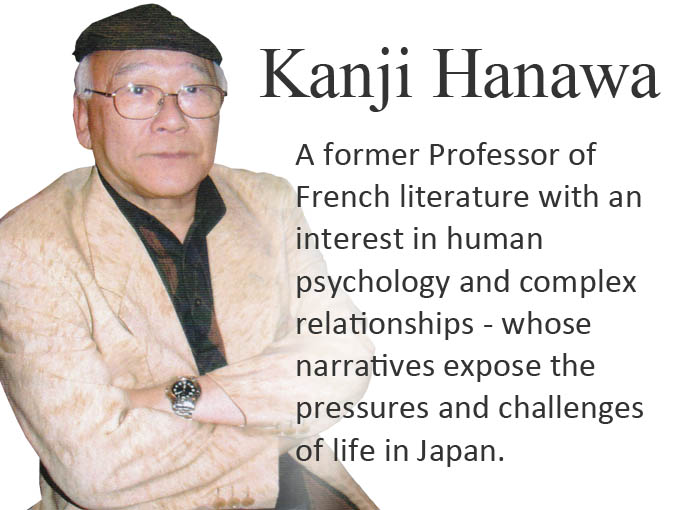The 288-page novel draws heavily on the deadly series of coordinated attacks by the Japanese religious cult, Aum Shinrikyo (Aum Supreme Truth), that shocked Tokyo, Japan and the world in the 1990s and a personal relationship with one of the perpetrators now sentenced to death, for its narrative.
Members of the so-called doomsday cult, left five plastic bags of the liquid sarin, a colourless and odourless nerve agent developed by the Nazis in the 1930s, deadlier than cyanide and outlawed by the Chemical Weapons Convention, on Tokyo subway trains packed full with rush-hour commuters. The assailants pierced the bags with umbrellas, releasing the deadly nerve gas, killing 13 people and injuring thousands.
Ever since these coordinated attacks on 20 March 1995, Japan has struggled to understand why a mostly highly educated group of individuals were led and persuaded by the blind psychopathic, but highly charismatic ‘yogi’, Shoko Asahara down this murderous path.
Curiosity and a deep drive to get behind the sensational headlines led, the award winning Red Circle author, Randy Taguchi to instigate a fifteen-year correspondence with Yasuo Hayashi one of the key perpetrators of the attacks after an introduction from the documentary film director Tatsuya Mori.
After visiting Yasuo Hayashi, who was dubbed the ‘Killing Machine’ by the Japanese media, in prison, with Tatsuya Mori who had made two high profile documentaries about Aum Shinrikyo, Taguchi developed a personal and long term relationship with Yasuo Hayashi.
The magazine Wired described Hayashi in a 1996 article titled: ‘The Cult at the End of the World’ as: “a 6-foot-tall ethnic Korean who had grown up in Tokyo. Hayashi was a mean-looking 37-year-old with Neanderthal brows and a fur of acne on each cheek. His qualifications included an electrical engineering degree and a criminal record of substance abuse. His fascination with the supernatural had led him to India, then to drugs, and then to Aum. He became a monk in 1988, and proved adept at abduction, wiretapping, and intimidation”.
 Cover image of novel by Randy Taguchi Sakasa ni tsurusareta otoko (A Man Hung Upside Down) published by Kawade Shobo Shinsha in November 2017.
Cover image of novel by Randy Taguchi Sakasa ni tsurusareta otoko (A Man Hung Upside Down) published by Kawade Shobo Shinsha in November 2017.Hayashi was sentenced to death in February 2008 after a number of unsuccessful legal appeals. The presiding judge said the decision had been unanimous and that “the inhumane and cruel nature of the crimes and the gravity of the outcome are unprecedented”.
In Japan strict limitations exist for correspondence and communication with individuals on death row. Taguchi has drawn heavily on this unique and privileged access to one of the key perpetrators directly involved in the deadly subway gas attacks in her book, which took her four years to write.
Unsurprisingly, Taguchi is not, however, the first Japanese author to tackle this topic as non-fiction or fiction. The coordinated attacks in the 1990s led to a flurry of highly successful novels that included cults, new religions, and bizarre organisations as part of their narratives.
Haruki Murakami also tackled the topic in his book Underground: The Tokyo Gas Attack and the Japanese Psyche (Andaguraundo, 1997–1998). This book, which was researched written and published in the 1990s, focused on the victims through a series of interviews with some of individuals caught up in the attacks.
Taguchi’s novel written long after the events occurred, when they can perhaps be reflected on and written about differently, provides a unique and highly authentic blend of facts and fiction that only someone with her unique access, ability, and fifteen-year correspondence could write.
The main character in her highly acclaimed novel, Yoko Satori, is a writer struggling with her own Aum-related demons trying to figure out what Aum was, and the events and decisions that led to the attacks. Yoko also starts a correspondence in the novel with an Aum inmate on death row.
Initial reader feedback has been extremely positive with comments on social media such as “it is a story that forces you to rethink the background to this infamous event”…“this is such a good book I think I will read it over and over” and ”when I read the long letter in the last dozen pages I could not hold back my tears”.
Taguchi has also started promoting her new book, which is contributing to its momentum, on Japanese radio, and at events including a recent one focused on human rights, organised by The Japan Foundation in Tokyo.
More information in English on the book, published by Kawade Shobo Shinsha, a leading Japanese publishing house founded in 1886, can be accessed here and Taguchi’s personal reflections on the book and its publication in Japanese here.
 About Red Circle:Red Circle Authors Limited is a specialist publishing and communications company that conducts bespoke projects on behalf of a carefully selected and curated group of leading Japanese authors. Red Circle showcases Japan’s best creative writing. For more information on Red Circle, Japanese literature, and Red Circle authors please visit: www.redcircleauthors.com.
About Red Circle:Red Circle Authors Limited is a specialist publishing and communications company that conducts bespoke projects on behalf of a carefully selected and curated group of leading Japanese authors. Red Circle showcases Japan’s best creative writing. For more information on Red Circle, Japanese literature, and Red Circle authors please visit: www.redcircleauthors.com.



